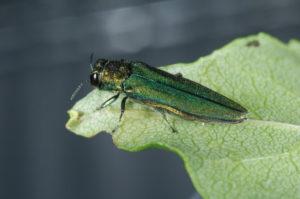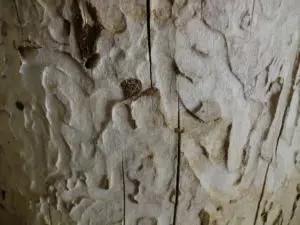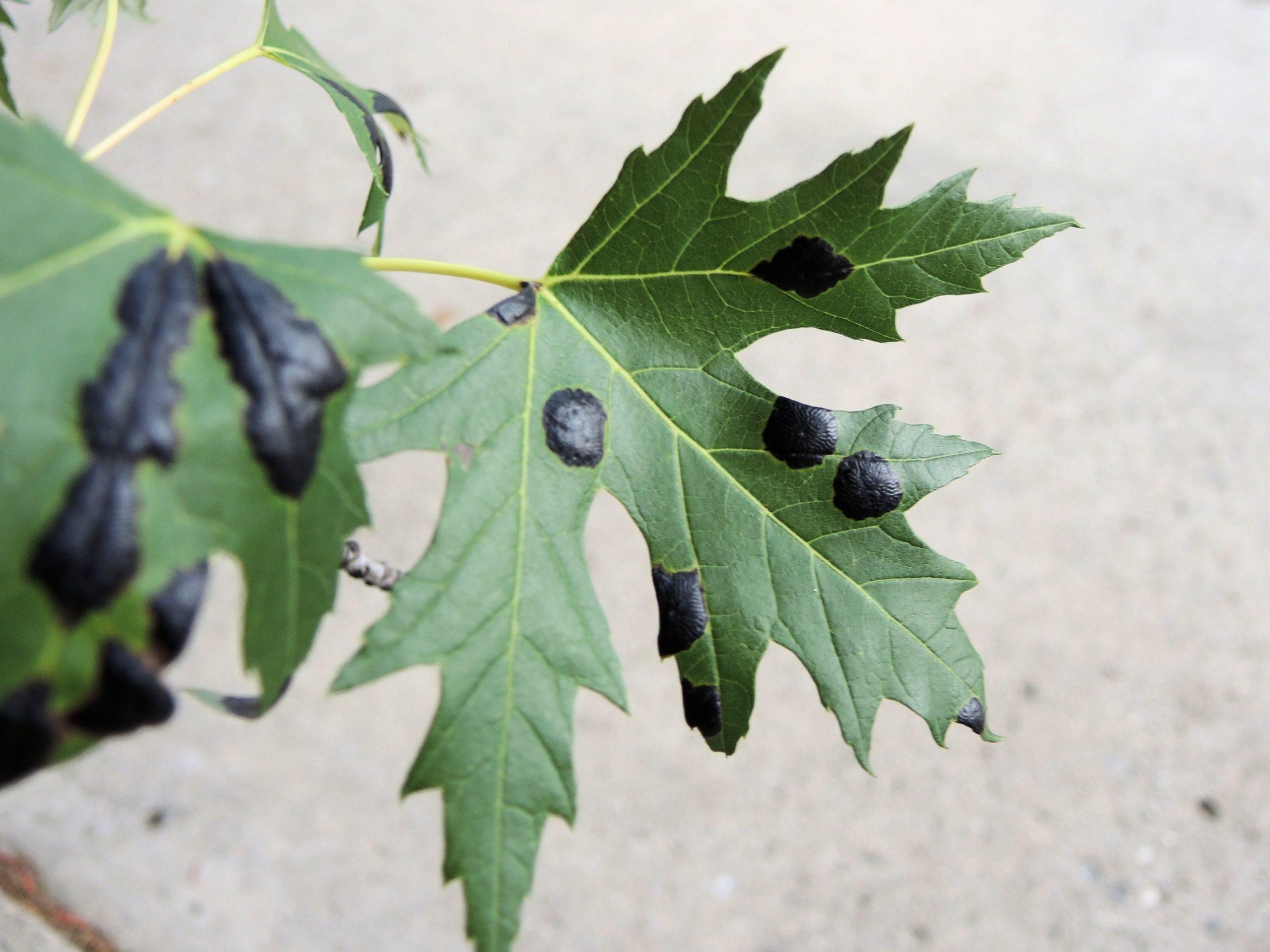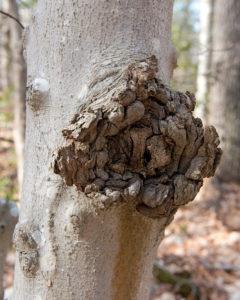Trees are very independent organisms, and once they’re going, they don’t need babysitting. But keeping an eye on their health is crucial, because while they’re hearty, they’re also very big, and big organisms attract a lot of problems.
Be prepared and know the symptoms of diseased trees as soon as they show themselves. Catching the problem in time can save the tree!
Bugs, Bugs, Bugs

Bug infestations can, in and of themselves, can kill trees. Invasive species like the Emerald Ash Borer and the Asian Longhorn Beetle bore into the wood, interrupting the tree’s nutrients and causing branches to wither off. Other harmful insects include the larva of the European Gypsy Moth, Tent Caterpillars, and Magnolia Scale (though this one seems to have disappeared from Ontario). These insects cause density loss in the crown of the tree, and their burrowing causes holes, cracks, and oozing in the bark.
If you see any of these signs, call a trained arborist right away! Even if you can’t save the tree (and we’re hoping we can!), it’s important to get it diagnosed and treated before the infestation spreads.
Fungi Aren’t Fun, Guy
Pardon the atrocious pun, but there are quite a few different types of fungi that can cause diseased trees. They can usually be taken care of through chemical or biological means, but need to be caught early. Here are some to look out for:
 Dutch Elm Disease: This is a fungus spread by the Elm Bark Beetle, and as the name suggests, it only affects the various species of elm tree. Dutch Elm Disease acts like many of the other bug larvae, in that it blocks water and nutrient systems within the tree, causing leaves and branches to wither, discolor, and die. Brown stains also form, and the bark of the tree curls and dies. It spreads fairly rapidly, too, so take action as soon as possible.
Dutch Elm Disease: This is a fungus spread by the Elm Bark Beetle, and as the name suggests, it only affects the various species of elm tree. Dutch Elm Disease acts like many of the other bug larvae, in that it blocks water and nutrient systems within the tree, causing leaves and branches to wither, discolor, and die. Brown stains also form, and the bark of the tree curls and dies. It spreads fairly rapidly, too, so take action as soon as possible.
 Tar Spot Disease: Affecting mostly maple and sycamore trees, Tar Spot Disease is a plant pathogen that doesn’t hurt the long-term health of your tree. However, it can discolor and disfigure the tree. Treating it during the winter is the best way to tackle this illness so it doesn’t return in the summer. Remove diseased branch and leaf debris, and think about spraying the buds in early spring with a special fungicide. Don’t worry too much, though, as it won’t kill your tree.
Tar Spot Disease: Affecting mostly maple and sycamore trees, Tar Spot Disease is a plant pathogen that doesn’t hurt the long-term health of your tree. However, it can discolor and disfigure the tree. Treating it during the winter is the best way to tackle this illness so it doesn’t return in the summer. Remove diseased branch and leaf debris, and think about spraying the buds in early spring with a special fungicide. Don’t worry too much, though, as it won’t kill your tree.
 Beech Bark Disease: This one came to Ontario rather recently, and is spread – again – by a species of insect, the Cryptococcus fagisuga. This insect attacks the wood, and in this “wound” two species of fungus infect the bark, forming a canker. This canker can replicate and can kill the tree in a few years’ time. Though it isn’t as widespread as it once was, take action if you see it infecting your tree. Insecticides can be used on your tree if it’s solitary, but if you’re not crazy about chemicals, ladybugs love scale insects, and a species of fungus preys upon the other types of fungus.
Beech Bark Disease: This one came to Ontario rather recently, and is spread – again – by a species of insect, the Cryptococcus fagisuga. This insect attacks the wood, and in this “wound” two species of fungus infect the bark, forming a canker. This canker can replicate and can kill the tree in a few years’ time. Though it isn’t as widespread as it once was, take action if you see it infecting your tree. Insecticides can be used on your tree if it’s solitary, but if you’re not crazy about chemicals, ladybugs love scale insects, and a species of fungus preys upon the other types of fungus.
If you see any signs that might mean diseased trees – thinning canopy, dead branches, discolored leaves, and wounds in the bark – call us today! If caught in time, there’s a great chance we can save the tree before the disease gets worse or spreads to other trees in the area.

